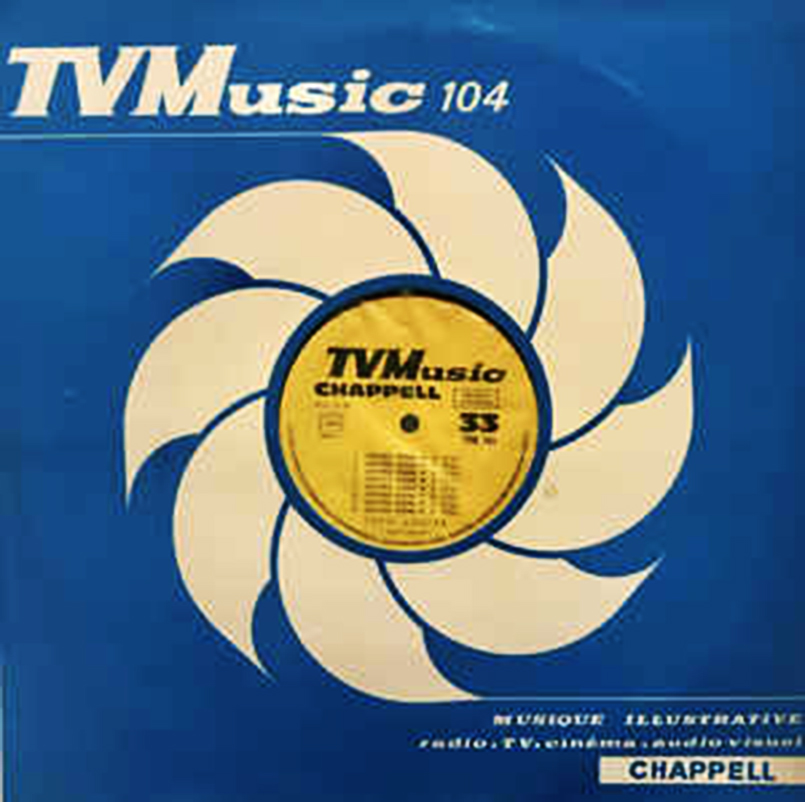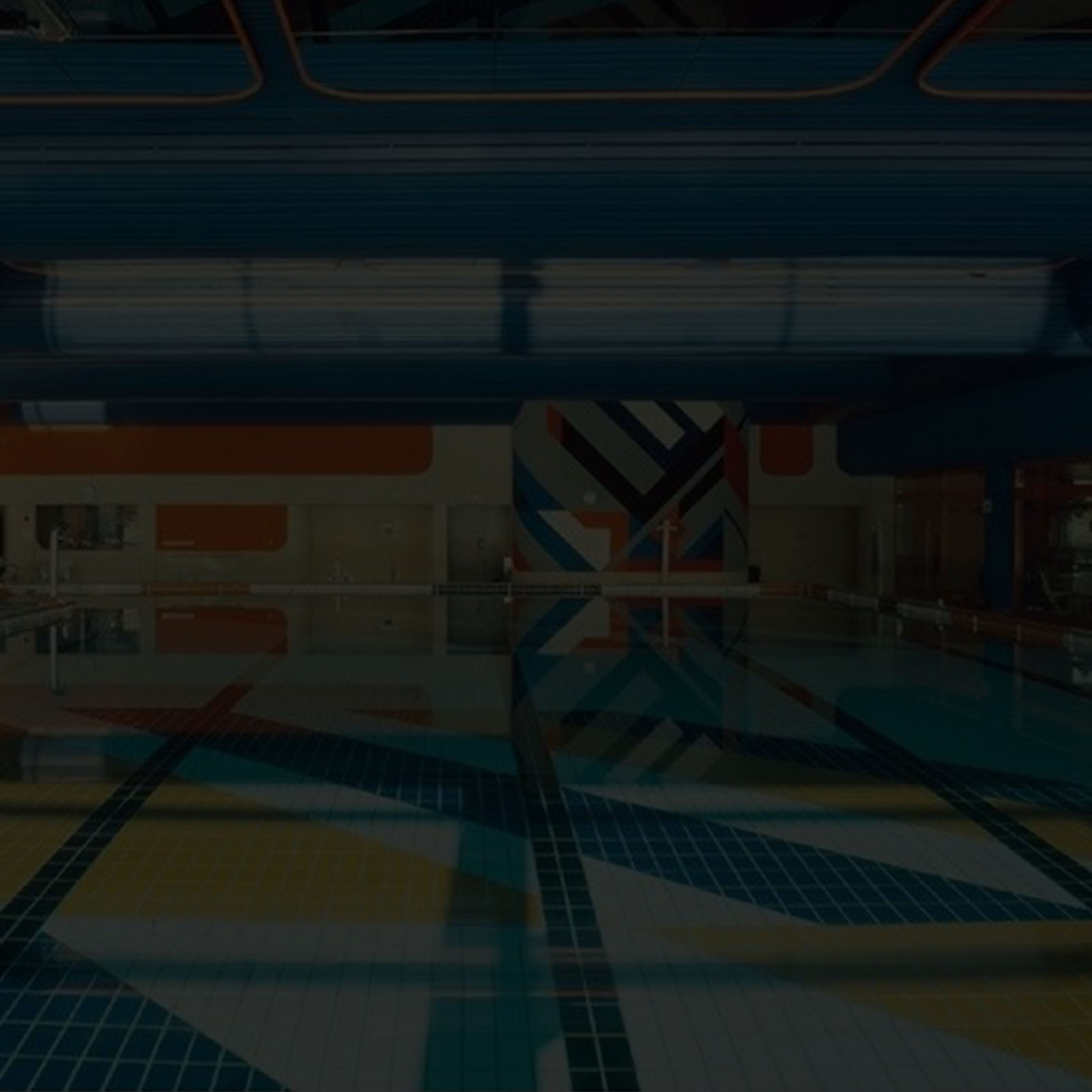Early ElectroMIX is a series to document the history of experimental Electronic music from the 50s to the 80s, composers making use of electronic instruments, test equipment, generators of synthetic signals and sounds… to analog synthesizers…While our sessions document those who make it today my desire is to transmit some pioneering works which paved the way to what we try to create today.
Realizing that most of those seminal recordings were not available I decided to archive them in a contemporary way, DJing-mixing them and while most of the time running several sources together or in medleys I made sure to respect the original intent of each composers as I want to transmit their message rather than mine.
The only one I would dare deliver being that they should not be forgotten…
Philippe Petit / April 2021.
Recorded (on March 19/2021)for our series broadcasted on Modular-Station
https://modular-station.com
Tracklist:
Klaus Hashagen – Mobile Szenen I (1966) 00:00 > 07:37
Mesias Malguashca – Oeldorf 8 (for magnetic tape & instruments) (1974) 05:58 > 34:12
Thomas Hamilton – Girnar (1976) 27:51 > 28:46 >
Edward M. Zajda – Study No. 10 (1968) 30:31 > 38:10
Thomas Hamilton – Bonampak (1976) 37:10 > 46:38
Josef Anton Riedl – Leonce und Lena (1963) 46:04 > 48:16
François-Bernard Mâche – Prélude (1959) 47:54 > 53:14
Tzvi Avni – Vocalise (1964) 52:09 > 57:22
Georges Teperino – Electrosonics N°7 (1971) 57:18 > 59:51
Klaus Hashagen – Mobile Szenen I (1966 / Colosseum)
German composer who developed a great interest in electronics and played a lot, most notably with the Ars Nova Ensemble outta Nürnberg. He had released a song on a compilation from Deutsche Grammophon’s prestigious series “Deutsche Musik Der Gegenwart » documenting the Contemporary music of today but I favorited this one for Percussions and Electronic.
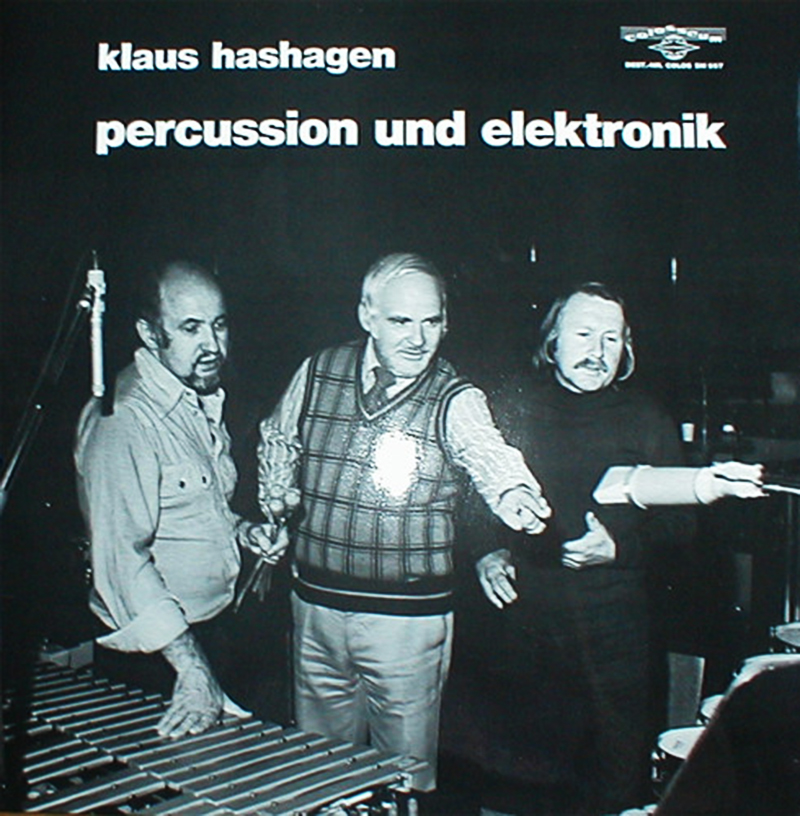
Mesias Malguashca – Oeldorf 8 (for magnetic tape & instruments) (1974 / Karl)
From 1968 to 1972, Malguashca worked closely with Stockhausen in the Electronic Music Studio of the Westdeutscher Rundfunk in Cologne and joined his ensemble for performances at the German Pavilion at the Expo ’70 in Osaka. In 1971 he became a founding member of the Oeldorf Group of composers and performers, and began work at the Centre Européen pour la Recherche Musicale in Metz, at IRCAM in Paris, and at the ZKM in Karlsruhe.
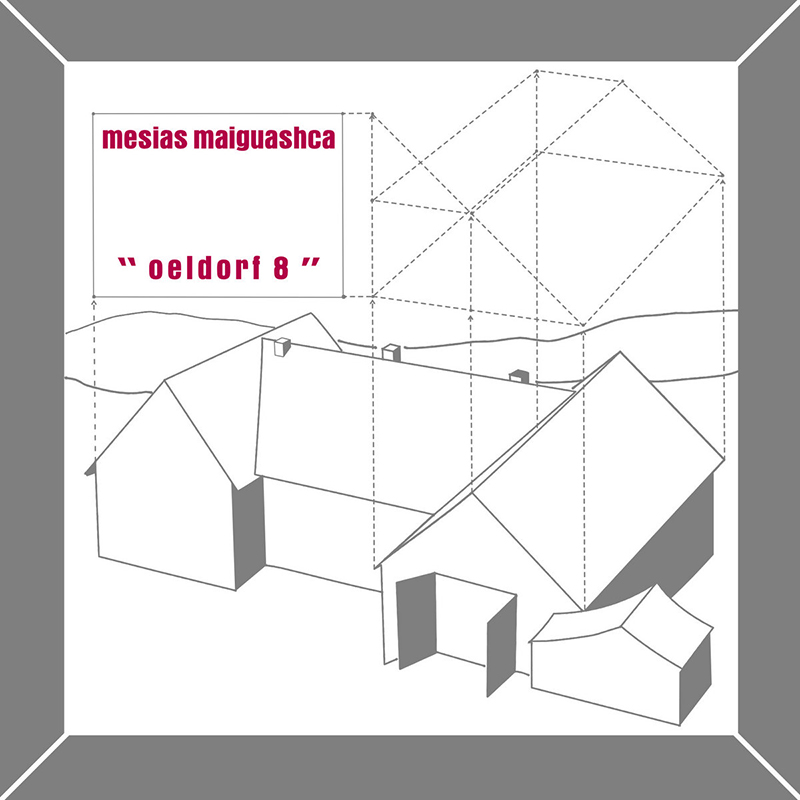
Thomas Hamilton – Girnar (1976 / Mental Experience)
Tom Hamilton’s first effort is to be remembered as a masterpiece in the use of the legendary ARP 2500 synth. Tom has worked on almost all of the Robert Ashley CDs and tours since 1990. Overall his name appears in the credits of about 60 CDs to date and recently I have highly enjoyed his duo with Miguel Frasconi.
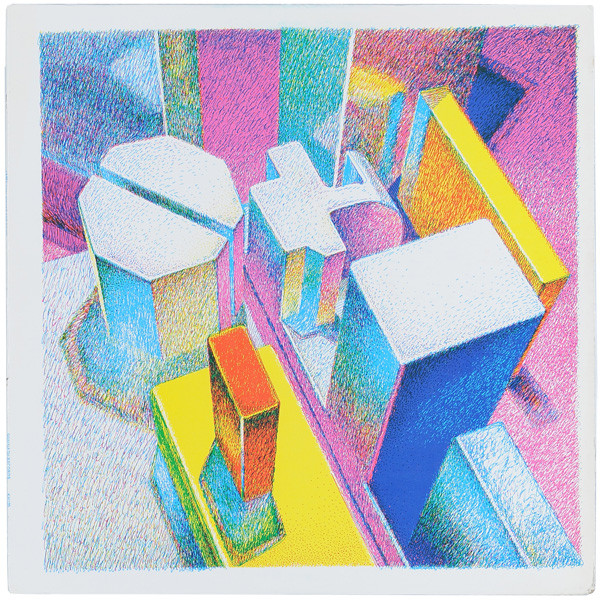
Edward M. Zajda – Study No. 10 (1968 / Ars Nova Ars Antiqua)
Although he owned the first Electronic Studio in Chicago the man remained unknown but this album sounds terrific and rarely has any Moog been so carefully thought outside its box.
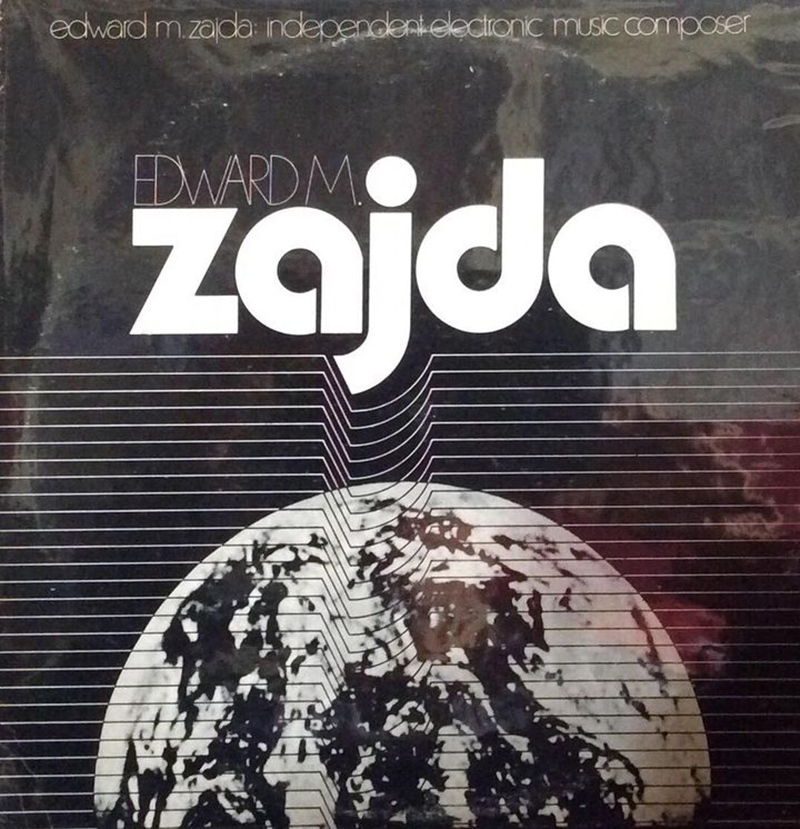
Thomas Hamilton – Bonampak (1976 / Mental Experience)
More beats and bloops, pops and animated gamelike tones which are so delicious. The album was in dedication to the geometric painter Bill Kohn.
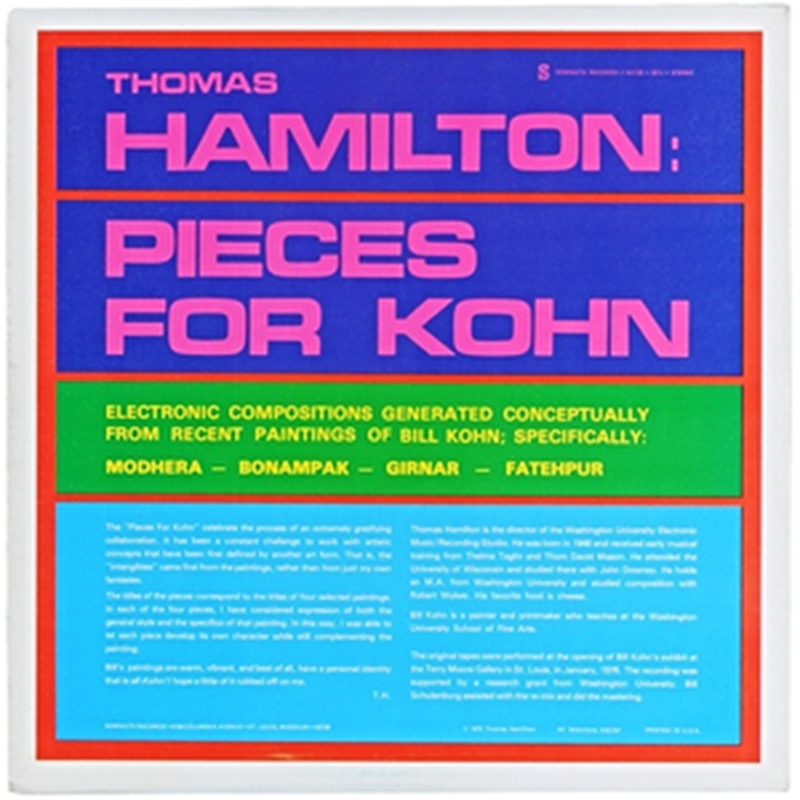
Josef Anton Riedl – Leonce und Lena (1963 / Sub Rosa)
Born in Munich in 1929 and influenced by Carl Orff and Edgar Varèse, he did pioneering work in the use of concrete and electronic sounds, joining Pierre Schaefer’s Groupe de Recherche Musicale in 1953.In 1955 he worked in the electronic studio of NWDR in Cologne, and spent some time in 1959 in Scherchen’s experimental studio in Gravesano. From 1959 until its closure in 1966 Riedl was director of the Siemens Studio for electronic music where he composed this influential piece.
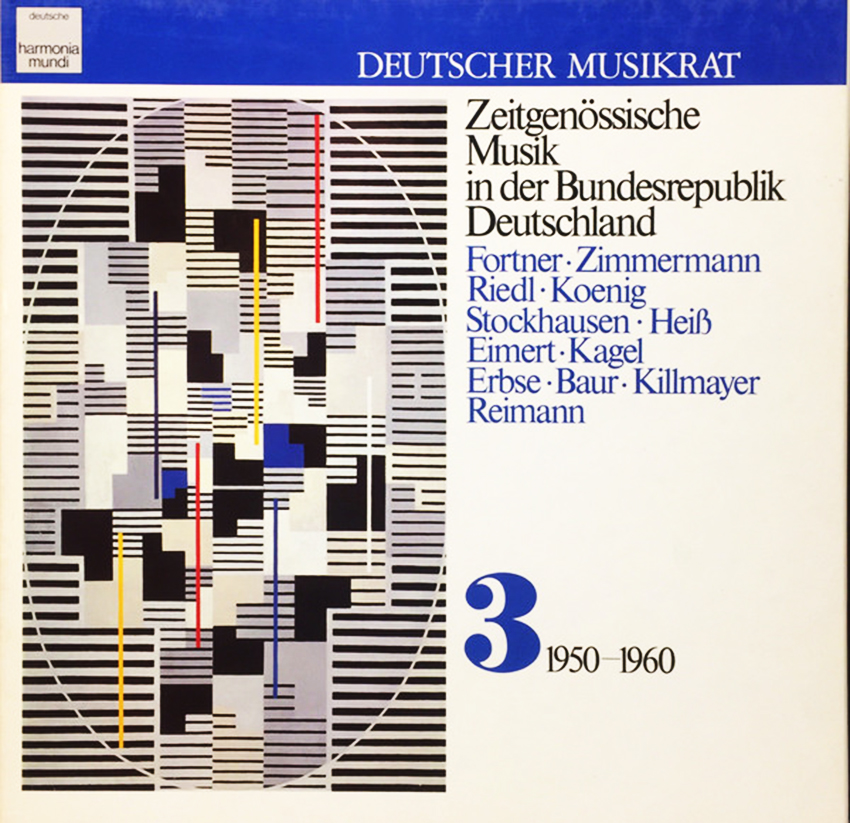
François-Bernard Mâche – Prélude (1959 / Philips)
He was a member of the Groupe de Recherches Musicales in Paris from 1958–63 who composed around 100 electroacoustic, orchestral, chamber, choral, vocal and pianoworks. This is an early bird ready to catch the electronic world…
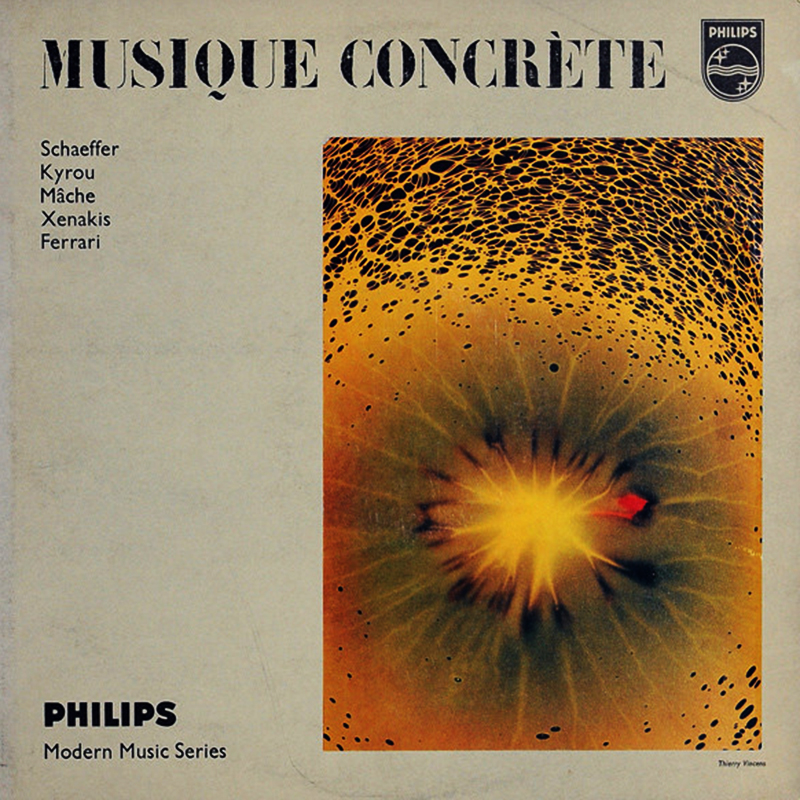
Tzvi Avni – Vocalise (1964 / Turnabout)
On the recommendation of Edgard Varèse, this Israeli composer became involved with the Columbia-Princeton Electronic Music Center in the 1960s where he composed this major work. Later he founded an electronic studio at the Jerusalem Academy of Music, following the guidelines of his mentor in New York, Vladimir Ussachevsky.
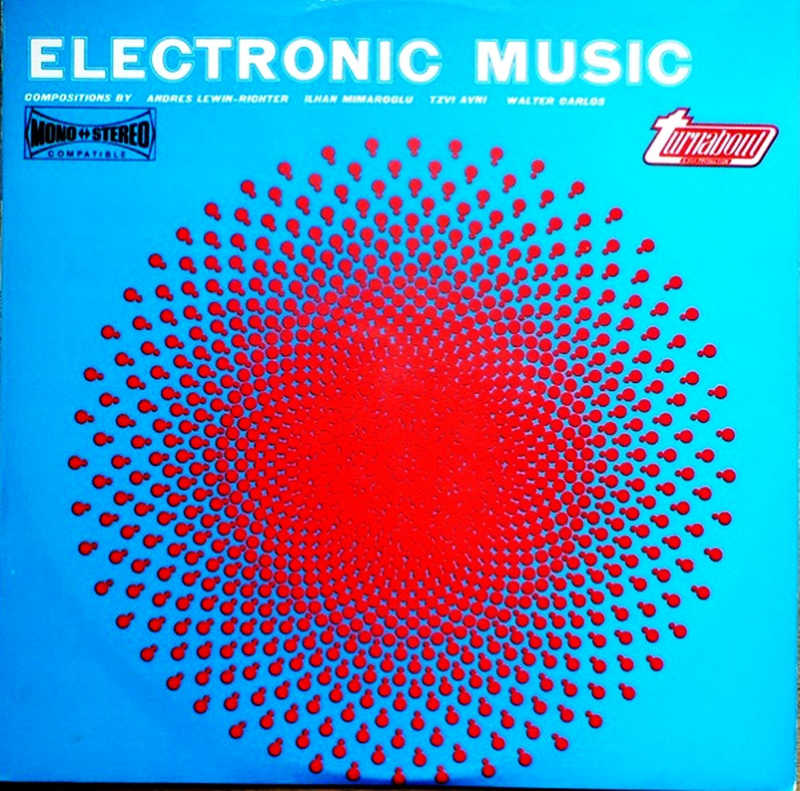
Georges Teperino – Electrosonics N°7 (1971 / TVMusic)
Georges Teperino also recorded under the name Nino Nardini.
At the very beginning of the Sixties he entered the world of Music Library in collaboration with his old childhood friend Roger Roger (Cécil Leuter) and they build up the Studio Ganaro, a personal recording space where they started to work together on composing many kind of music and then heavily experimenting on the moog synthesizer and other analogue electronic systems.
